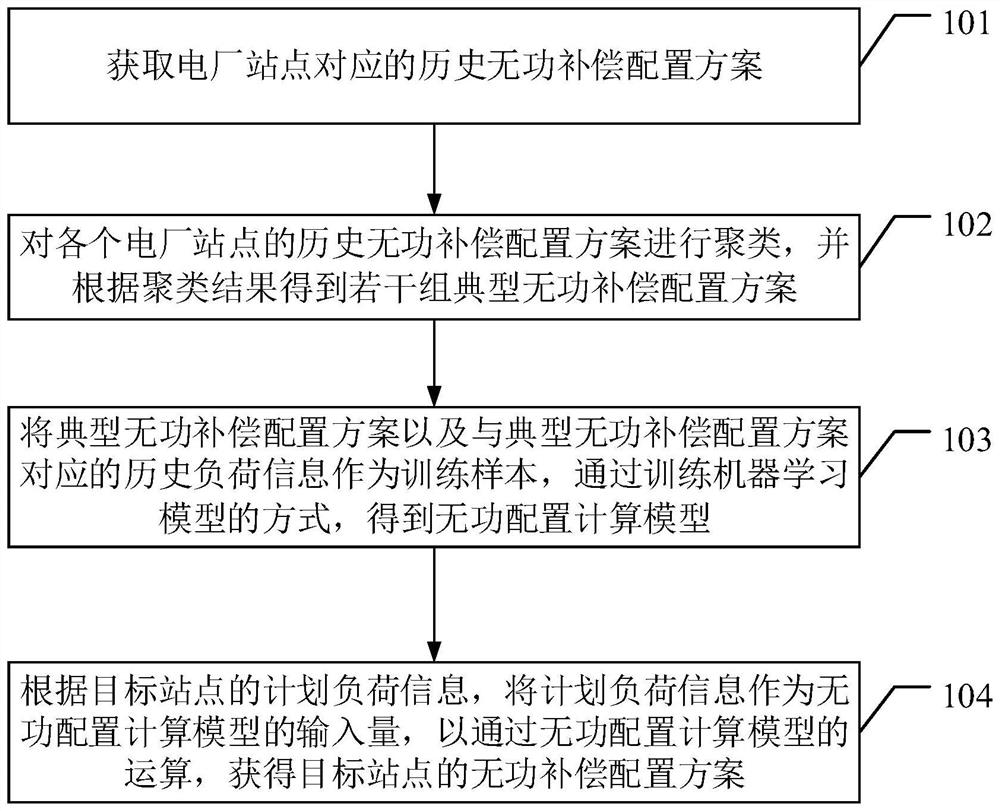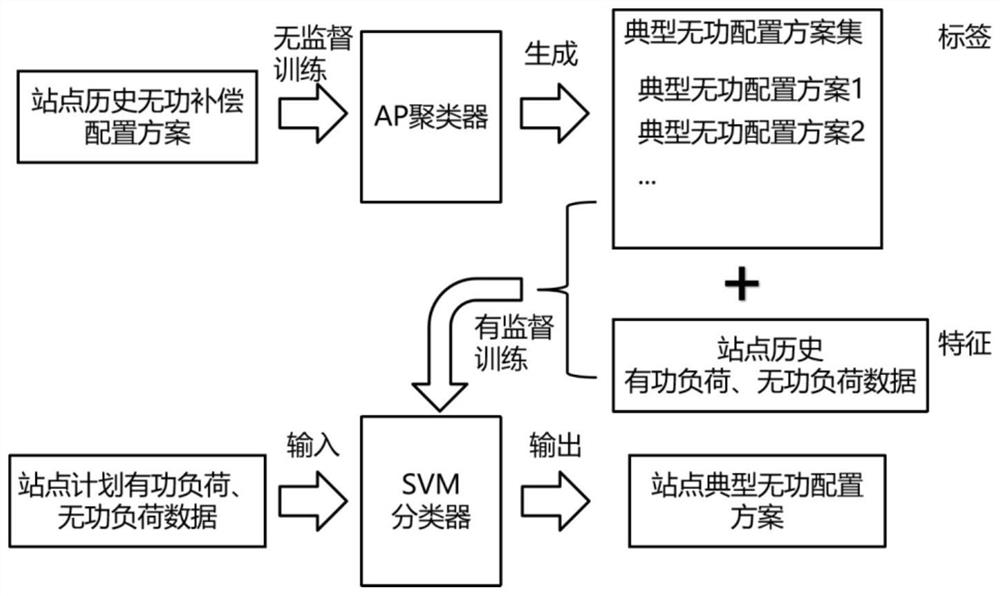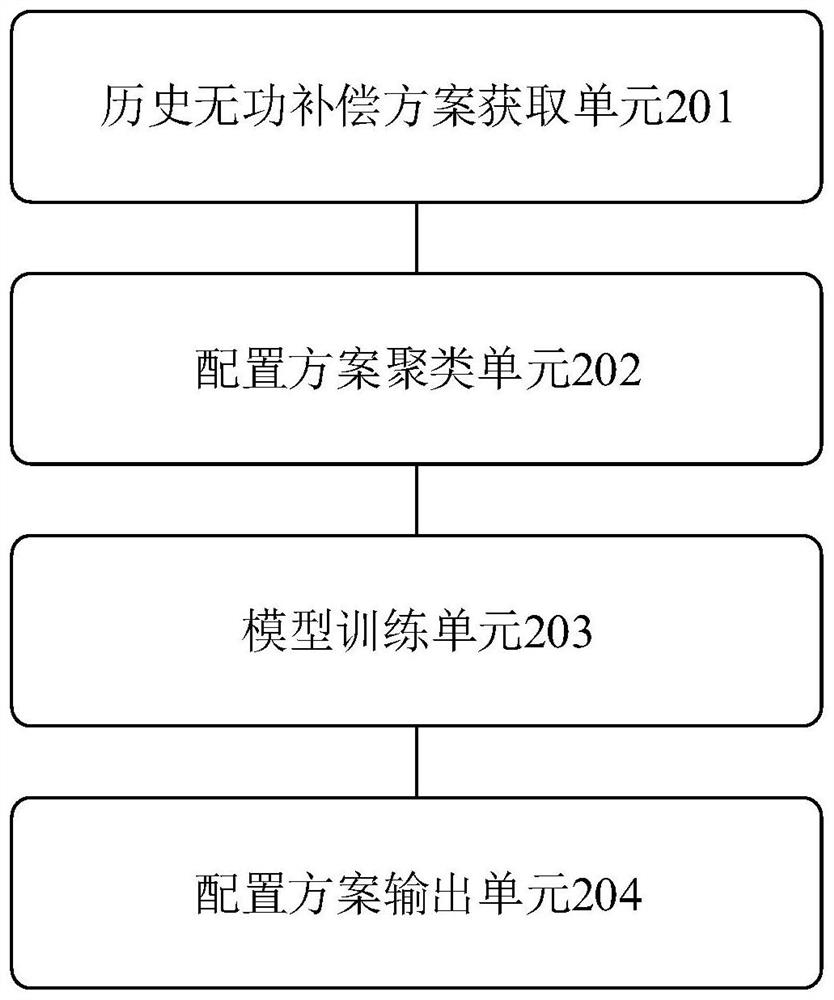Method and device for generating reactive compensation configuration scheme of power plant station
A configuration scheme and technology for generating devices, applied in reactive power compensation, reactive power adjustment/elimination/compensation, system integration technology, etc., can solve problems such as long interval time and low efficiency, and achieve the effect of solving long interval time
- Summary
- Abstract
- Description
- Claims
- Application Information
AI Technical Summary
Problems solved by technology
Method used
Image
Examples
Embodiment Construction
[0033] The embodiments of the present application provide a method and device for generating a reactive power compensation configuration scheme of a power plant, which are used to solve the technical problem of a long time interval and low efficiency in the existing configuration scheme method from the planning stage to the implementation stage.
[0034] In order to make the purpose, features and advantages of the invention of the present application more obvious and understandable, the technical solutions in the embodiments of the present application will be clearly and completely described below with reference to the accompanying drawings in the embodiments of the present application. Obviously, the following The described embodiments are only some, but not all, embodiments of the present application. Based on the embodiments in the present application, all other embodiments obtained by those of ordinary skill in the art without creative work fall within the protection scope ...
PUM
 Login to View More
Login to View More Abstract
Description
Claims
Application Information
 Login to View More
Login to View More - R&D
- Intellectual Property
- Life Sciences
- Materials
- Tech Scout
- Unparalleled Data Quality
- Higher Quality Content
- 60% Fewer Hallucinations
Browse by: Latest US Patents, China's latest patents, Technical Efficacy Thesaurus, Application Domain, Technology Topic, Popular Technical Reports.
© 2025 PatSnap. All rights reserved.Legal|Privacy policy|Modern Slavery Act Transparency Statement|Sitemap|About US| Contact US: help@patsnap.com



